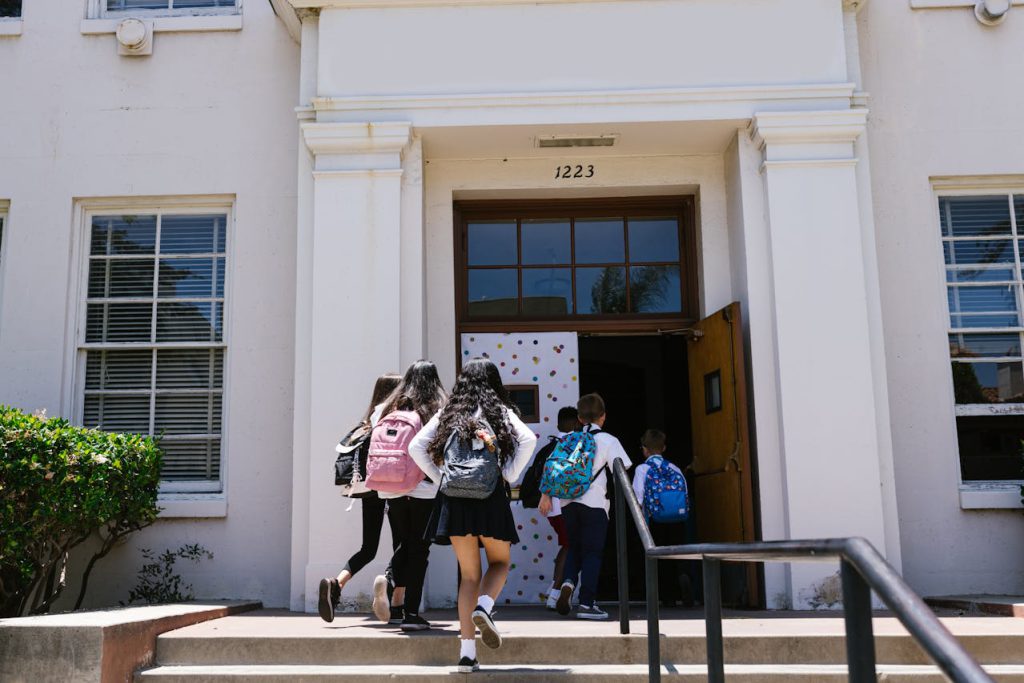Creating a safe and secure learning environment is the single most important responsibility of any school leader. In today’s world, this requires a thoughtful, multi-layered, and proactive approach that goes far beyond a simple emergency plan in a binder. A truly safe campus is the result of a holistic strategy that combines robust physical security, smart technology, and a deep commitment to the well-being and preparedness of the student body and staff.
The first and most important layer of any school’s physical security plan is controlling who can and cannot access the campus. A single, designated point of entry for all visitors, monitored from a professional security booth, is the cornerstone of a strong access control strategy. It creates a visible deterrent and a formal process for vetting every visitor before they are allowed on campus. But this is just the first of several key ideas that schools should consider.
Here is a look at some of the essential components of a modern, comprehensive campus safety plan.
1- Create a Single, Controlled Point of Entry
A school with a dozen unlocked doors is a highly vulnerable school. The foundational principle of campus security is to create a single, funnel-like point of entry for all non-student visitors during the school day.
This ensures that every visitor—from a parent to a maintenance vendor—must check in at a monitored location. This is often a vestibule that directs them to the main office before they can access the main part of the school. This controlled access is the most effective way to prevent an unauthorized individual from gaining entry to the campus.
2- Invest in Modern Access Control Technology
To support a single point of entry, modern access control technology is essential. The old-fashioned lock and key system is a major security risk; a lost or stolen master key can compromise the entire campus.
Key Card or Fob Systems: These allow you to grant specific access privileges to different staff members and, most importantly, to instantly deactivate a lost or stolen card, maintaining the security of the building.
Visitor Management Systems: A digital visitor management system can scan a visitor’s driver’s license, run a quick background check against various databases, and print a temporary visitor badge. This creates a detailed digital log of everyone who enters and leaves your building.
3- Conduct Regular and Realistic Drills
The best emergency plan in the world is useless if your staff and students have not practiced it. Drills build the “muscle memory” that is essential for a calm and orderly response in a real crisis.
Go beyond the basic, announced fire drill. Work with your local law enforcement and first responders to plan and conduct a variety of drills for different scenarios. It is also critical to ensure that these drills are age-appropriate and are conducted in a way that prepares students without traumatizing them.
4- Prioritize Mental Health and Threat Assessment
A truly proactive approach to safety is about preventing violence before it ever starts. A key part of this is investing in a robust mental health support system for your students. A well-staffed team of school counselors, psychologists, and social workers can provide a vital safety net, identifying and supporting students who are in crisis or are struggling.
Furthermore, every school should have a formal, multi-disciplinary “threat assessment” team. This is a group of trained staff members—often including an administrator, a counselor, and a school resource officer—who can intervene and provide support when a student’s behavior is showing signs of a potential risk to themselves or to others.
Creating a safe school environment is the most important promise we make to our students and our community. It is a multi-layered and ongoing process that requires a deep commitment to strong physical security, smart technology, and, most importantly, the well-being and preparedness of every single person on campus.
